Sparrow egg ladyslipper
plantfreak
18 years ago
Related Stories

GARDENING FOR BIRDSWhat to Know About Birds Nesting in Your Yard
Learn how to observe, record data and help ornithologists with NestWatch’s citizen science project understand bird trends
Full Story
FALL GARDENINGWhat Monarch Butterflies Taught Me About Garden Design
Thinking like a butterfly leads to fresh perspectives in the garden and in life
Full Story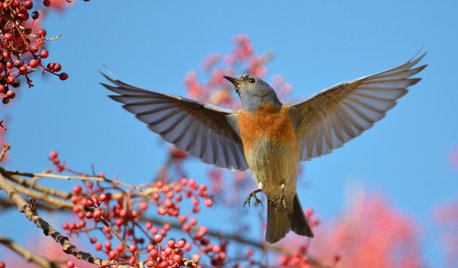
GARDENING GUIDESHow to Bring the Joy of Bluebirds to Your Garden
Attract these beautiful songbirds with nesting habitat and food sources, including berry-producing trees and shrubs
Full Story
HOUSEPLANTS8 Essentials for Healthy Indoor Plants
Houseplants add so much to our homes — and can thrive when grown in the right conditions. Keep these tips in mind
Full Story
GARDENING FOR BUTTERFLIESA Quick-Start Guide to Bird-Watching for Fun and Learning
Set out some seed and grab your field guide. Bird-watching is an easy, entertaining and educational activity for the whole family
Full Story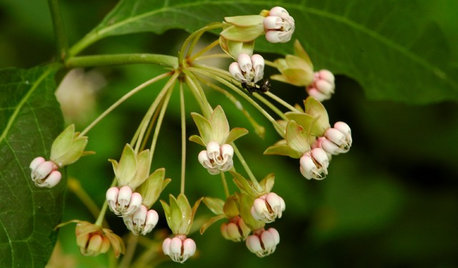
GARDENING GUIDES5 Unsung Wildflowers That Thrive in Dry Shade
Turn shady problem spots into garden idylls with with these prolific, easy-care bloomers
Full Story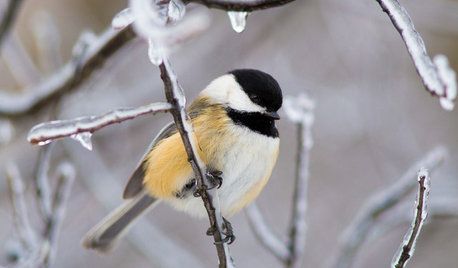
GARDENING FOR BIRDSBackyard Birds: Marvel at Chickadees This Winter
These North American natives flock to bird feeders and entertain with their complex birdcalls
Full Story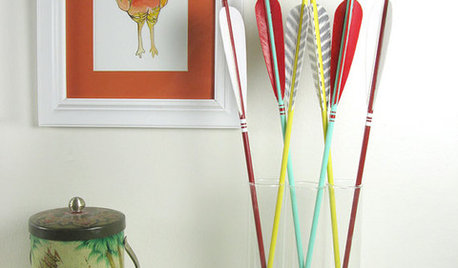
DECORATING GUIDESOn Trend: Feather Decor Makes Rooms Soar
Bring lightness and a breath of nature to your walls and home decor with feather art, accessories and wall treatments
Full Story
GARDENING GUIDESWhat’s in a Name? See 6 Wildflowers That Aren’t ‘Weeds’ at All
Dispel the stereotypes of weeds and try these wildlife-supporting native wildflowers in your garden
Full Story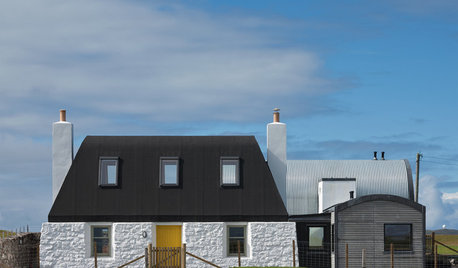
TRADITIONAL HOMESHouzz Tour: An Island Cottage Built of Stone and Steel
A home in Scotland’s Inner Hebrides blends original materials with a new structure to stay in tune with its environment
Full Story


stanly
glen_cdn_prairies_z3
Related Discussions
have: seeds - ladys slipper "sparrows egg" orchid
Q
2 bb eggs and 2 brown spotted eggs in box
Q
House sparrows and repeating trap. I couldn't believe it!
Q
Sparrow Proof
Q
glen_cdn_prairies_z3
plantfreakOriginal Author
glen_cdn_prairies_z3
marciaz3 Tropical 3 Northwestern Ontario
glen_cdn_prairies_z3
plantfreakOriginal Author
dentaybow
glen_cdn_prairies_z3
plantfreakOriginal Author
PrairieRoots
valleyrimgirl
plantfreakOriginal Author
PrairieRoots
glen_cdn_prairies_z3
northspruce
abgardeneer
stanly
daylady
daylady
alpiner
plantfreakOriginal Author
cailinriley
alpiner
plantfreakOriginal Author
greydaze